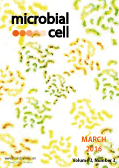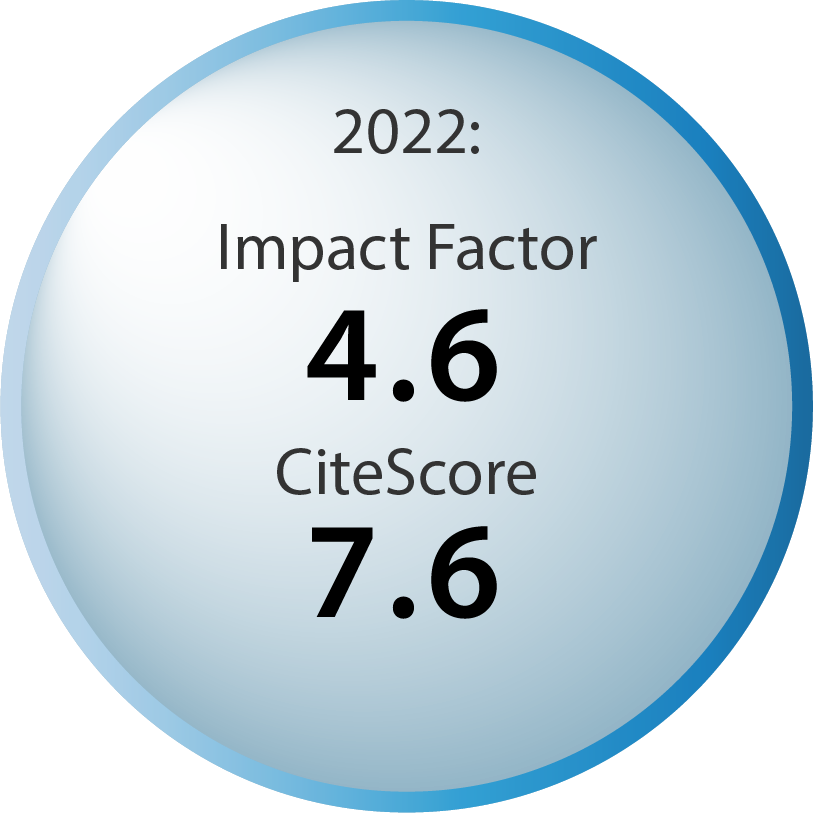Table of contents
Volume 3, Issue 3, pp. 95 - 131, March 2016
Gearing up for survival – HSP-containing granules accumulate in quiescent cells and promote survival
Ruofan Yu and Weiwei Dang
Editorial | page 95-96 | 10.15698/mic2016.03.481 | Full text | PDF |
Yeast screening platform identifies FDA-approved drugs that reduce Aβ oligomerization
Triana Amen and Daniel Kaganovich
News and thoughts | page 97-100 | 10.15698/mic2016.03.482 | Full text | PDF |
Mitochondrial regulation of cell death: a phylogenetically conserved control
Lorenzo Galluzzi, Oliver Kepp and Guido Kroemer
In a nutshell | page 101-108 | 10.15698/mic2016.03.483 | Full text | PDF | Abstract
Differentiated cytoplasmic granule formation in quiescent and non-quiescent cells upon chronological aging
Hsin-Yi Lee Kuo-Yu Cheng, Jung-Chi Chao and Jun-Yi Leu
Research Articles | page 109-119 | 10.15698/mic2016.03.484 | Full text | PDF | Abstract
Towards understanding the gliotoxin detoxification mechanism: in vivo thiomethylation protects yeast from gliotoxin cytotoxicity
Elizabeth B. Smith, Stephen K. Dolan, David A. Fitzpatrick, Sean Doyle and Gary W. Jones
Research Reports | page 120-125 | 10.15698/mic2016.03.485 | Full text | PDF | Abstract
By continuing to use the site, you agree to the use of cookies. more information
The cookie settings on this website are set to "allow cookies" to give you the best browsing experience possible. If you continue to use this website without changing your cookie settings or you click "Accept" below then you are consenting to this. Please refer to our "privacy statement" and our "terms of use" for further information.










